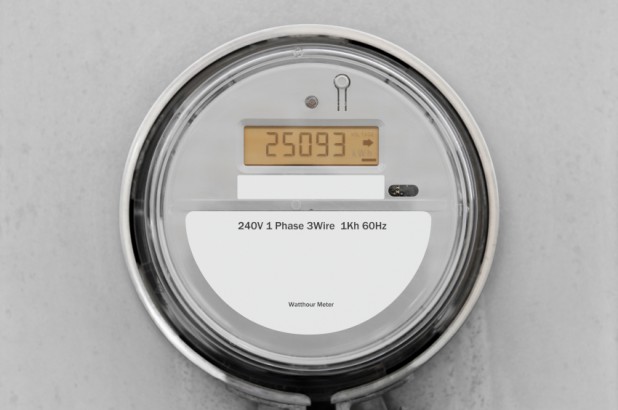Smart Meters, Smarter Consumers
 Today’s world is a wireless one. Radios, cell phones, laptops, even baby monitors are connected through wireless networks. In July 2006, the California Public Utilities Commission approved energy provider Pacific Gas &Electric’s plan to utilize these pre-existing wireless channels to transmit information to and from smart meters — those instruments that record residential power usage and report the data back to the energy company for analysis. One benefit of using smart meters is the ability to control energy usage, thus minimizing the risk of rolling brownouts or blackouts that leave customers in the dark.
Six years later, more than nine million Californians have seen the metaphorical (and physical) light and switched to smart meter technology. These customers are making economically and environmentally conscious decisions regarding their gas and electricity consumption.
Today’s world is a wireless one. Radios, cell phones, laptops, even baby monitors are connected through wireless networks. In July 2006, the California Public Utilities Commission approved energy provider Pacific Gas &Electric’s plan to utilize these pre-existing wireless channels to transmit information to and from smart meters — those instruments that record residential power usage and report the data back to the energy company for analysis. One benefit of using smart meters is the ability to control energy usage, thus minimizing the risk of rolling brownouts or blackouts that leave customers in the dark.
Six years later, more than nine million Californians have seen the metaphorical (and physical) light and switched to smart meter technology. These customers are making economically and environmentally conscious decisions regarding their gas and electricity consumption.
A smart meter lets consumers access their personal usage reports at any point in the month and save money by making the appropriate adjustments. Reports are available online and can even be sent directly to the user’s cell phone, allowing the customer to be informed from anywhere and make any changes remotely. Lowering power usage during peak hours can alter overall energy rates and drastically decrease the amount of energy used each month, saving money as well as energy resources.
The energy company receives the reports via secure wireless radio frequencies, and uses the information to determine trends in the area and effectively manage renewable energy resources accordingly. They use this knowledge to avoid large-scale losses of power. In the event of a power outage, the reports help energy providers restore electricity to specific homes faster.
Launched nationwide last fall, Green Button Connect provides a way for customers to easily and securely download their energy data and send it to a third party app developer or use the data themselves to track their usage. PG&E is now testing Green Button Connect and offering a simple, one-time authorization to automate the secure hand-off of the customer’s energy data to the third-party app developer of their choosing in about a minute.
California residents have the ability to opt-out of smart metering technology in favor of an older analog system. However, opting-out includes a monthly charge set by the California Public Utilities Commission to cover the costs of manual meter reading. Alternatively, customers that upgrade to smart meter technology will see no set-up fees or additional monthly charges.
The Edison Foundation Institute for Electric Efficiency has predicted that more than half of U.S. homes will use smart meters by 2015. More and more Californians are making the switch from analog to smart technology, and those that don’t risk being left in the dark.
